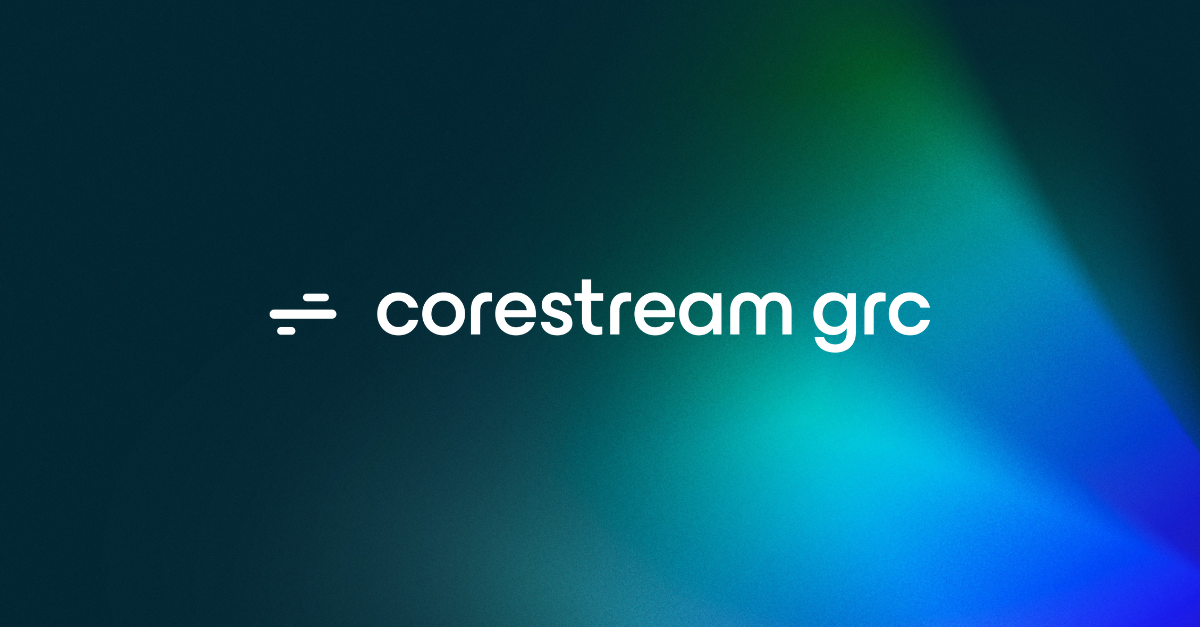Given it is such a hot topic at the moment, it is only right to start by highlighting our Artificial Intelligence (AI Co-pilot). We have utilised AI in CoreStream for some time now (providing an automated assessment of how well controls are defined). The AI Co-pilot takes our AI capability to the next level.
Our initial version is integrated with ChatGPT but is built in a way that allows us to substitute this functionality for other third-party offerings or even client models. The latter can help with the data privacy concerns that many uses of AI lead to.
In addition to the flexibility of the technology element, we have also implemented this in the true CoreStream way, meaning that we can configure it in any form, module or context it is required in. A popular application is the suggestion of causes, consequences or controls given a specific risk description. Others include the suggestion of corrective actions based on a finding or incident, or suggesting risks based on a description of the register.
It is often the case that my preferred features in a given release are not always the flagship ones, and 2.6 is no exception. I am a huge fan of our “save and continue” feature because it will make a big difference to a number of existing client use cases we already support. Being able to trigger complex calculations and workflows (including integrations with external systems) and be instantly presented with the results, makes the CoreStream workflow engine even more powerful. A simple example of this is functionality which allows us to check if a given third party is sanctioned. The user can trigger the request and receive the result instantly, without exiting the form.
Collaborative editing is also a highlight and enhances our policy management offering further. We have big plans for this in the future!
As ever, if you would like a demonstration of any of the features listed or would like to make roadmap suggestions, please do get in touch. Our roadmap continues to be driven by our clients and partners, with a dose of our own strategic vision!



